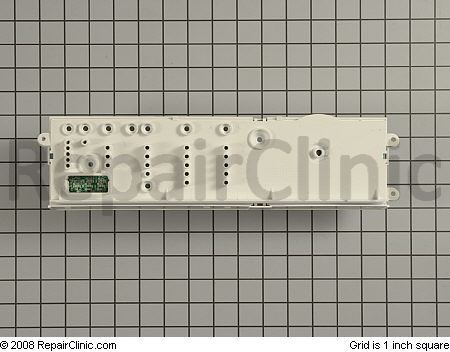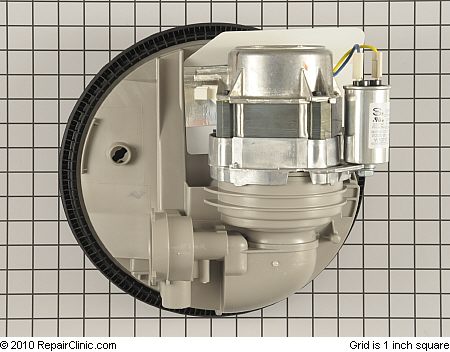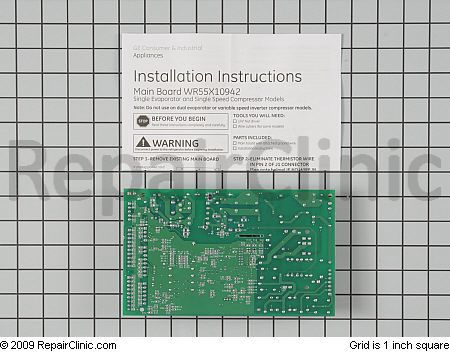Q: Undocumented error code? Does that mean it’s illegal?
A: No, but you’ll wish it was.
This refers to the Frigidaire Affinity front loading washers, example model number LTF2940EE0. The E6E error code that you may see on the display isn’t listed in the service manual or the tech sheet, like the one below:
Frigidaire LTF2940ES1 Tech Sheet
So, what does this mean? He IS the Kwisatz Haderach! Oops, sorry– had a Dune flashback, must be too much spicy food.
*Buuuuurrrp!* OK, I feel better now. Thanks for your concern. I’m feelin’ the love, yo.
One note on tech sheets before I get back into the nittiest of grittiest on this repair. Tech sheets are really handy things to have when you’re troubleshooting and indispensable for over-electronified appliances that flash weird codes and make space-age beeping noises. It has the error code listings, key sequence for entering service/diagnostic mode, schematics, and lots of other fixit goodies. I hate it when I’m on a service call and go to get the tech sheet only to find that some sleazeball had “borrowed” it on a previous service call. There’s a special place in Hell for parts changing monkeys who do this and you know who you are!
If you’ll be using the schematic or wiring diagram for troubleshooting, you should always use the specific tech sheet supplied with your washer, located behind the bottom kickplate. That’s because the wiring will vary slightly (just enough!) depending on the features built into the specific model you’re working on. The manufacturers will even say that in the service manual, which is intended to cover a family of models.
OK, OK, enough yada-yada. So, what’s the deal with the undocumented E6E error code in these machines? Ain’t but one thang, Hoss: bad interface control board. Come git you one:
What, you don’t believe me? Do you mock me, sir? Do YOU mock ME? OK, how ’bout this: if you buy the board here and replace it and that doesn’t fix your washer, you can return it for a full refund within 30 days, no hassles, no questions. Yeah, uh huh, who’s yer Daddy?





